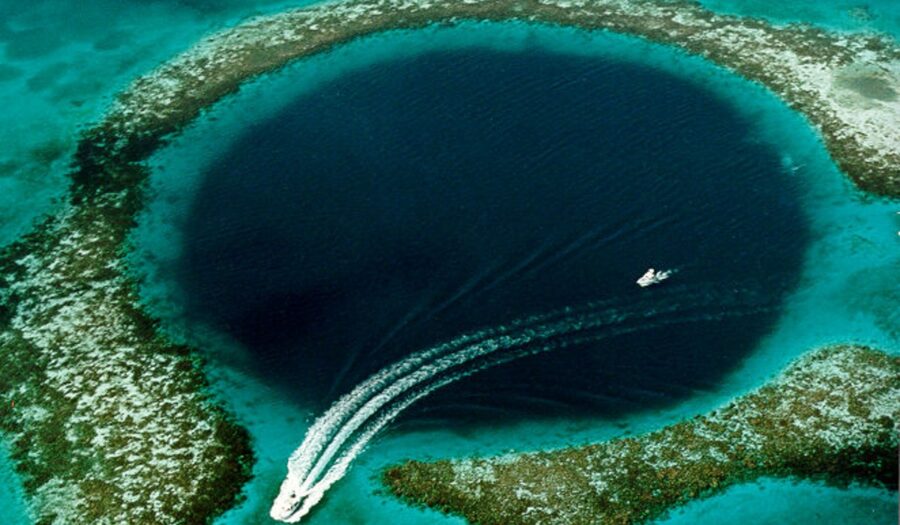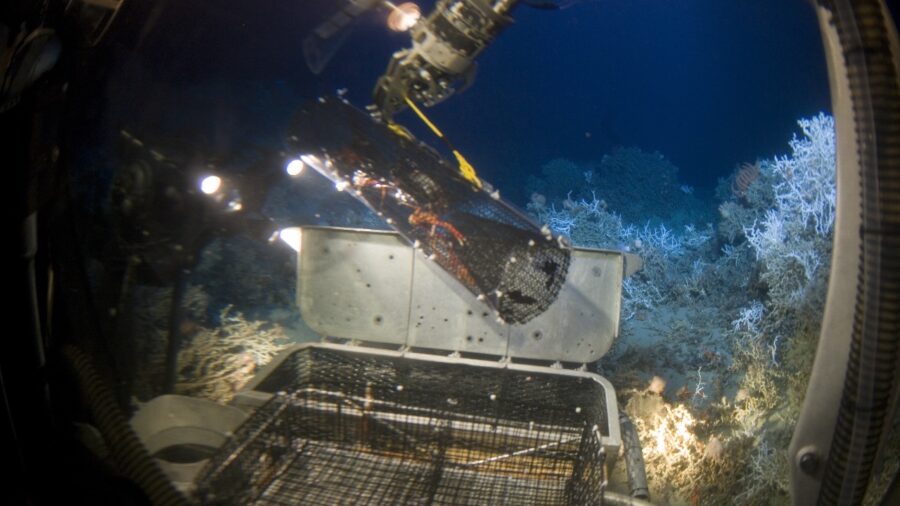Scientists Believe Giant Hole In The Ocean Is Remains Of Ancient Sea
A gravity hole under the Indian Ocean is the remains of an ancient sea from the Triassic era.

Fans of Pacific Rim can rejoice, as it seems like the film may soon become a reality. According to a write-up in Scientific American, a giant so-called “gravity hole” exists within the Indian Ocean, clocking in at over one million square miles in size, causing a major dip in sea levels. Though there are no reports of Kaiju emerging from the hole to wreak havoc on humanity at this time, scientists do believe that the crumbling remains of an ancient sea have caused the hole.
According to scientists, gravity holes don’t function like drains, sucking away all the water into a vast and distant vacuum. Instead, the hole serves as a location on Earth where the gravity is lower than average due to the lumpy, abnormal shape of the planet. In this instance, it seems as though plumes of molten rock have begun rising from the depths of the ocean due to the currents of ancient sea beds, which reside near the Northeast side of Africa.
Unlike most 3D models, which have been simplified for basic instruction, the shape of the Earth is rather oblong and covered in many peaks and valleys. From a distance, the planet may appear to be wholly spherical due to atmospheric pressure and clouds presenting an illusion of singularity, though the many mountains, oceans, caverns, and ancient seas of the Earth don’t provide a clean-cut surface for gravity to enact its pressure upon.
Instead, gravitational pull largely depends on the planet’s surface, sometimes resulting in strange sea level changes which leave scientists scratching their heads. This is due to the largely unexplored nature of much of the planet’s oceans, which cover more than 71 percent of the Earth’s surface.
While scientists presume the molten rock formations have risen from the ancient sea, and its current-twisting remains, recent news such as the unfortunate fate of the Titan submersible and its passengers has served to reinforce just how dangerous deep-sea travel can be.

The ancient sea in question, which likely formed the blobs of magma within the gravity hole, was likely a layer of an ancient ocean called the Tethys Ocean, which flowed between the supercontinents of Gondwana and Laurasia, which separated from the Pangea supercontinent some time during the Triassic era.
The Indian Ocean, which serves as a modern watery gap between Asia, Africa, and Australia, was formed roughly 120 million years ago as Gondwana broke up into the Northern Hemisphere.
In terms of long-term ramifications, the gravity hole seems to be a normal part of the Earth’s growth and change, leading scientists to urge the public not to panic about the displacement in sea level. In fact, the growing concerns surrounding climate change in recent decades have largely focused on the unfortunate effects of a rising sea level, meaning this change may actually be positive in the short term.
Regardless, as the Earth continues to regulate its internal organs, everything should return to normal soon enough, though obviously, scientists are continuing to monitor the situation for scientific discoveries or giant evil monsters.












